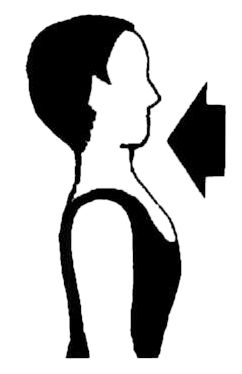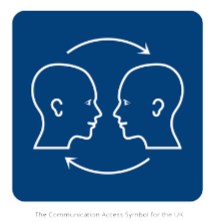This list of books have been suggested by our patients and clinicians. There are many books available, and we have selected a few that we think are well-written and helpful. However, we also know that some people prefer different styles of writing and different approaches.
We have written a summary of each book to give you an idea of the content.
You should be able to request these books from your local library.
The Pain toolkit (2009)
Author: Peter Moore and Dr Frances Cole
ISBN: 1841199702
Useful booklet with lots of practical and easy to follow advice. Written in a friendly and accessible manner by someone who has personal experience of chronic pain and who can relate to the challenges that it brings.
Overcoming chronic pain: A self help guide to using cognitive behavioural techniques (2005)
Authors: Frances Cole, Helen Macdonald, Catherine Carus, Hazel Howden-Leach.
ISBN: 9781841199702
Practical ways to improve sleep, relaxation, relationships, fitness and pacing of activities.
Explain Pain 2nd Ed (2013)
Authors: David Butler & Lorimer Moseley
ISBN: 13: 978 - 0987342669
A technical book written in everyday language. An excellent guide to understand why the body feels pain coupled with some useful and novel ideas about how to help. Read from front to back to get the most out of it. It is famous for its’ quirky illustrations.
Manage Your Pain (2003)
Authors: Michael Nicholas, Alan Molloy, Lois Tonkin and Lee Beeston.
ISBN: 9780285636798
Easy to dip in and out of. All-round coverage of Pain Management methods, including an ordered approach to a pain management programme.
Coping Successfully with Pain (2002)
Author: Neville Shone
ISBN: 9780859698504
Personal description of his chronic pain experiences including using the methods from a pain management programme to improve his life. A fairly easy read.
Overcoming Insomnia and Sleep Problems (2006)
Author: Colin Espie
ISBN: 9781847091000
Explains sleep, insomnia and what you can do to sleep better.
Living with Fibromyalgia (2010)
Author: Christine Craggs-Hinton
ISBN: 1847090621
An easy read with practical tips and written in a caring way. Provides sensitive tips on how to cope physically, mentally and emotionally with Fibromyalgia.
The British Medical Associations New guide to medicines And Drugs (2011)
Editor: John Henry, 7th Edition.
ISBN: 9781405361798
Practical advice about common medications. Useful information about how drugs work. Includes sections on medication and travel, drug poisoning and first aid.
Painful Yarns (2007)
Author: Lorimer Moseley
ISBN: 9780980358803
Explains what messages pain is sending you about your body. Practical stories explaining pain mechanisms in simple terms.
Fibromyalgia: Understanding and getting relief from pain that won’t go away (2002)
Author: Don L Goldenberg.
ISBN: 9780749923068
This book has a personal perspective. He works through some complex material in an easy to understand way, but does use some jargon.
Living Well with Pain and Illness: The Mindful Way to Free Yourself from Suffering (2008)
Author: Vidyamala Burch
ISBN: 9780749928605
An inspiring and practical book. Good for anyone wishing to begin meditating and practicing mindfulness. Contains practical exercises
Living Beyond Your Pain: Using Acceptance and Commitment Therapy to Ease Chronic Pain (2006)
Authors: Tobias Lundgren and JoAnne Dahl.
Publisher: New Harbinger Publications.
ISBN-13: 978-1572244092
A rich and rewarding life is possible for those who live with chronic pain. Based on acceptance and commitment therapy (ACT), one of the fastest growing psychological therapies being practiced today.
Perceptions of Pain (2003)
Author: Deborah Padfield et al.
Publisher: Dewi Lewis Publishing
ISBN-13: 978-1904587026
A startling collection of images that explores the interface between the photographer and subject, science and art.
Teach Us to Sit Still: A Sceptic's Search for Health and Healing (2011)
Author: Tim Parks
ISBN: 9780099548881
Bedevilled by a crippling condition the author looks towards the relationship between the mind and body in his quest to overcome ill health.
Headache in the Pelvis: A New Understanding & Treatment for Chronic Pelvic Pain Syndromes (Popular Medicine Health) (2010)
Author: David Wise
ISBN: 9780972775557
Describes the Wise-Anderson protocol for muscle related pelvic pain in men and women includes the relationship between early morning anxiety and pelvic pain.
The Mindful way through Depression (2007)
Authors: Mark Williams, John Teasdale, Jon Kabat Zinn and Zindel Segal
ISBN: 9781593851266
Free of jargon. Offers everyday coping mechanisms that are easy to introduce.






